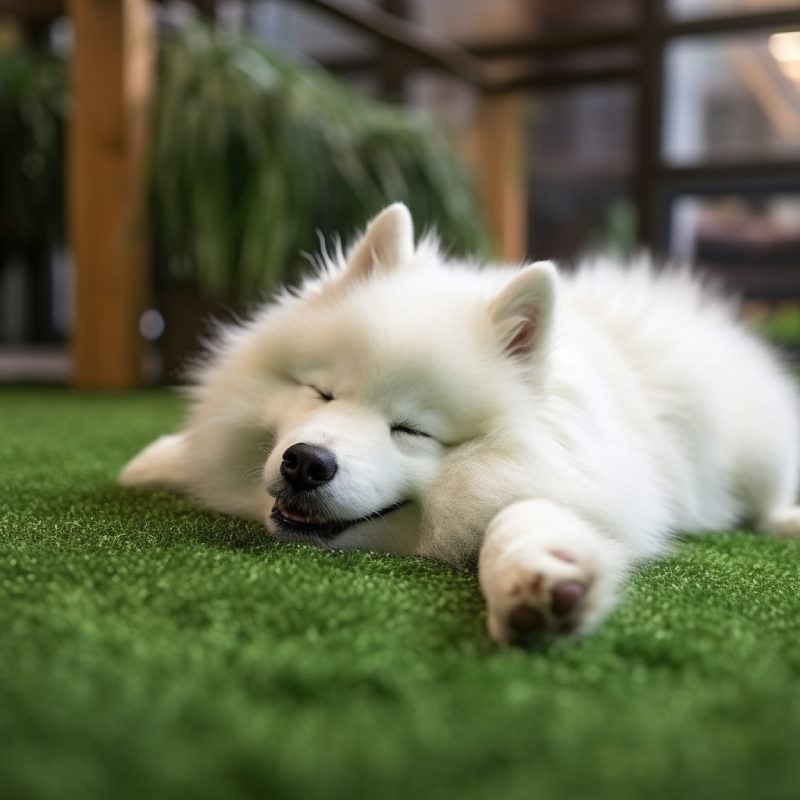
- Afrikaans
- Arabic
- Belarusian
- Bengali
- Czech
- Danish
- Dutch
- English
- Esperanto
- Estonian
- Finnish
- French
- German
- Greek
- Hindi
- Hungarian
- Icelandic
- Indonesian
- irish
- Italian
- Japanese
- kazakh
- Rwandese
- Korean
- Kyrgyz
- Lao
- Latin
- Latvian
- Malay
- Mongolian
- Myanmar
- Norwegian
- Persian
- Polish
- Portuguese
- Romanian
- Russian
- Serbian
- Spanish
- Swedish
- Tagalog
- Tajik
- Thai
- Turkish
- Turkmen
- Ukrainian
- Urdu
- Uighur
- Uzbek
- Vietnamese
golf green synthetic grass
Nov . 12, 2024 10:50 Back to list
The Benefits and Features of Synthetic Grass for Golf Greens
In the world of golf, the quality of the playing surface can significantly impact a player's experience and performance. Traditional grass greens, while aesthetically pleasing, require extensive maintenance and are subject to environmental factors that can affect their condition. In recent years, synthetic grass has emerged as a popular alternative, offering a range of benefits that are hard to ignore. This article explores the advantages and features of synthetic grass for golf greens, positioning it as a viable option for golfers and golf course managers alike.
Consistency and Durability
One of the primary benefits of synthetic grass for golf greens is its consistency. Unlike natural grass, which can vary in texture, thickness, and color depending on weather conditions and maintenance practices, synthetic grass provides a uniform playing surface. This consistency helps golfers develop a reliable putting stroke since they can expect the ball to behave the same way every time it rolls over the green.
Durability is another compelling feature. Natural grass is susceptible to wear and tear from foot traffic, weather-related damage, and pest infestations. Synthetic grass, on the other hand, is designed to withstand heavy use, making it an ideal choice for high-traffic areas such as golf greens. Whether it’s a rainy day or a busy weekend with numerous players, synthetic grass maintains its appearance and performance, reducing the need for repairs and replacements.
Reduced Maintenance Costs
Maintaining natural grass greens can be a costly endeavor. Regular mowing, aeration, fertilization, and pest control are just a few of the tasks that require time, effort, and money. In contrast, synthetic grass significantly reduces maintenance costs. Once installed, the upkeep is minimal, requiring occasional brushing and cleaning to maintain its appearance. This not only allows golf course managers to allocate resources more efficiently but also ensures that the funds saved can be redirected towards other enhancements on the course.
Environmental Considerations
golf green synthetic grass

In today's environmentally conscious society, sustainability plays a crucial role in decision-making. Traditional golf course maintenance often requires significant amounts of water, chemicals, and equipment that can contribute to environmental degradation. Synthetic grass eliminates the need for irrigation, reducing water usage to virtually zero. Additionally, there is no requirement for harmful pesticides or fertilizers, which can leach into nearby water sources and harm local ecosystems. By opting for synthetic grass, golf courses can create a more sustainable playing environment while preserving natural resources.
Realistic Playability
Advancements in synthetic grass technology have led to the production of materials that closely mimic the look and feel of natural grass. Many modern synthetic greens are designed to replicate the unique qualities of championship-quality grass, providing golfers with a realistic playing experience. The ball roll, bounce, and speed can be finely tuned to meet the standards that serious golfers expect from their greens. This realism enhances practice sessions and competitions, allowing players to hone their skills on surfaces that behave like traditional greens.
Versatility in Design and Placement
Another advantage of synthetic grass is its versatility. Golf courses can install synthetic greens in various locations, such as private residences, driving ranges, and practice areas, without the constraints of sunlight, drainage, or soil quality. This adaptability allows for the creation of customized practice spaces that can be enjoyed year-round, regardless of climate conditions. Whether a homeowner wants a small putting green in their backyard or a golf course seeks to add additional practice facilities, synthetic grass provides endless possibilities.
Conclusion
As the golf industry continues to evolve, the adoption of synthetic grass for golf greens represents a significant shift in how playing surfaces can be designed and maintained. Its consistency, durability, reduced maintenance costs, environmental benefits, realistic playability, and versatility make it an attractive option for both players and golf course managers. As more courses transition to this innovative solution, the future of golf greens may very well be synthetic, ensuring that players can enjoy a high-quality, dependable playing experience for years to come. Whether on the professional circuit or for personal practice, synthetic grass is changing the game in ways that enhance enjoyment and performance alike.
-
The Benefits of Artificial Turf for Indoors
NewsJul.15,2025
-
How Artificial Grass Suppliers Ensure Quality Products
NewsJul.15,2025
-
Artificial Grass and Pets: A Space for Relaxation
NewsJul.08,2025
-
Balcony & Outdoor Decoration with Artificial Grass
NewsJul.08,2025
-
Best Indoor Artificial Grass for Home
NewsJul.07,2025
-
Best Pet Turf for Dogs: Safe & Durable Artificial Grass Options
NewsJul.07,2025
Products categories









